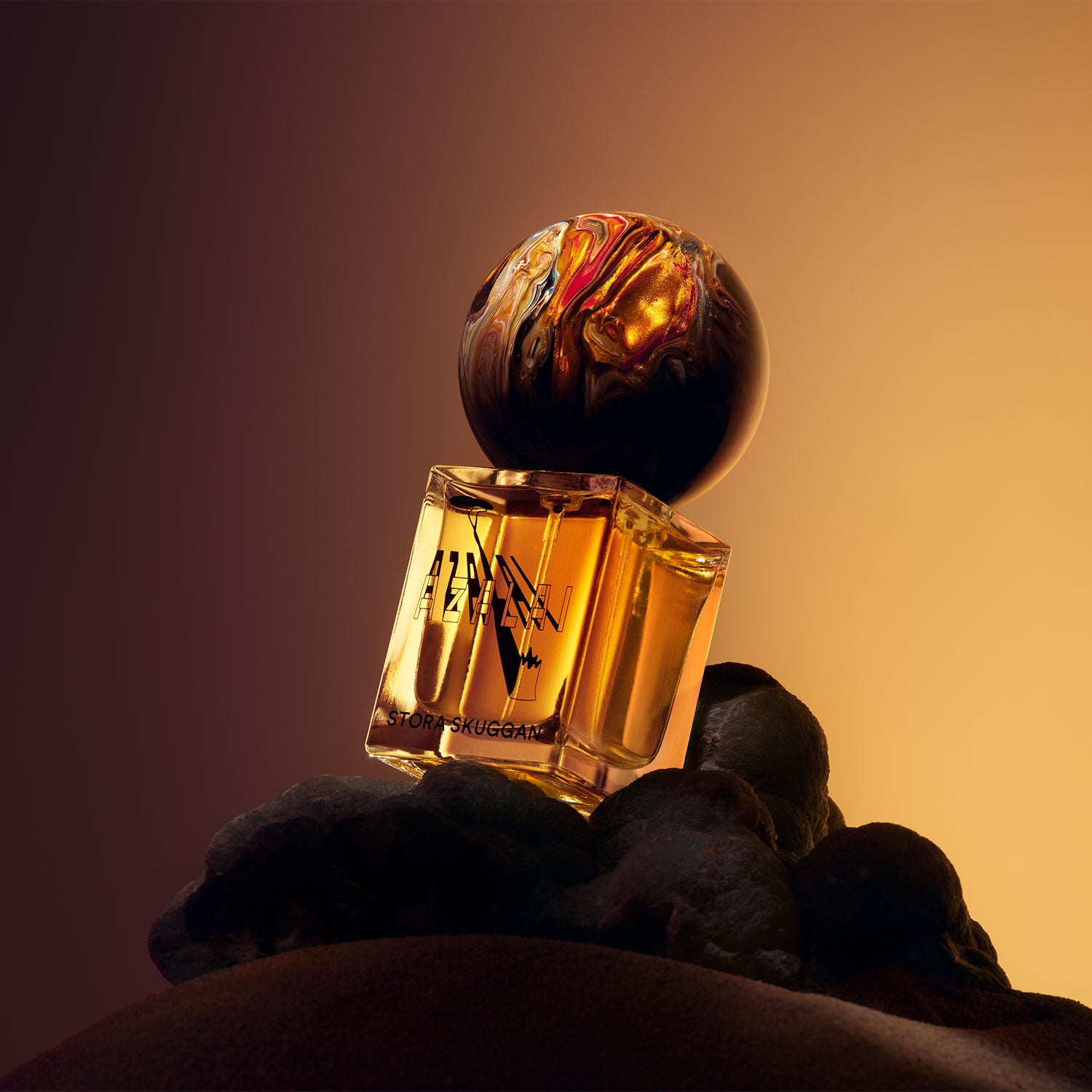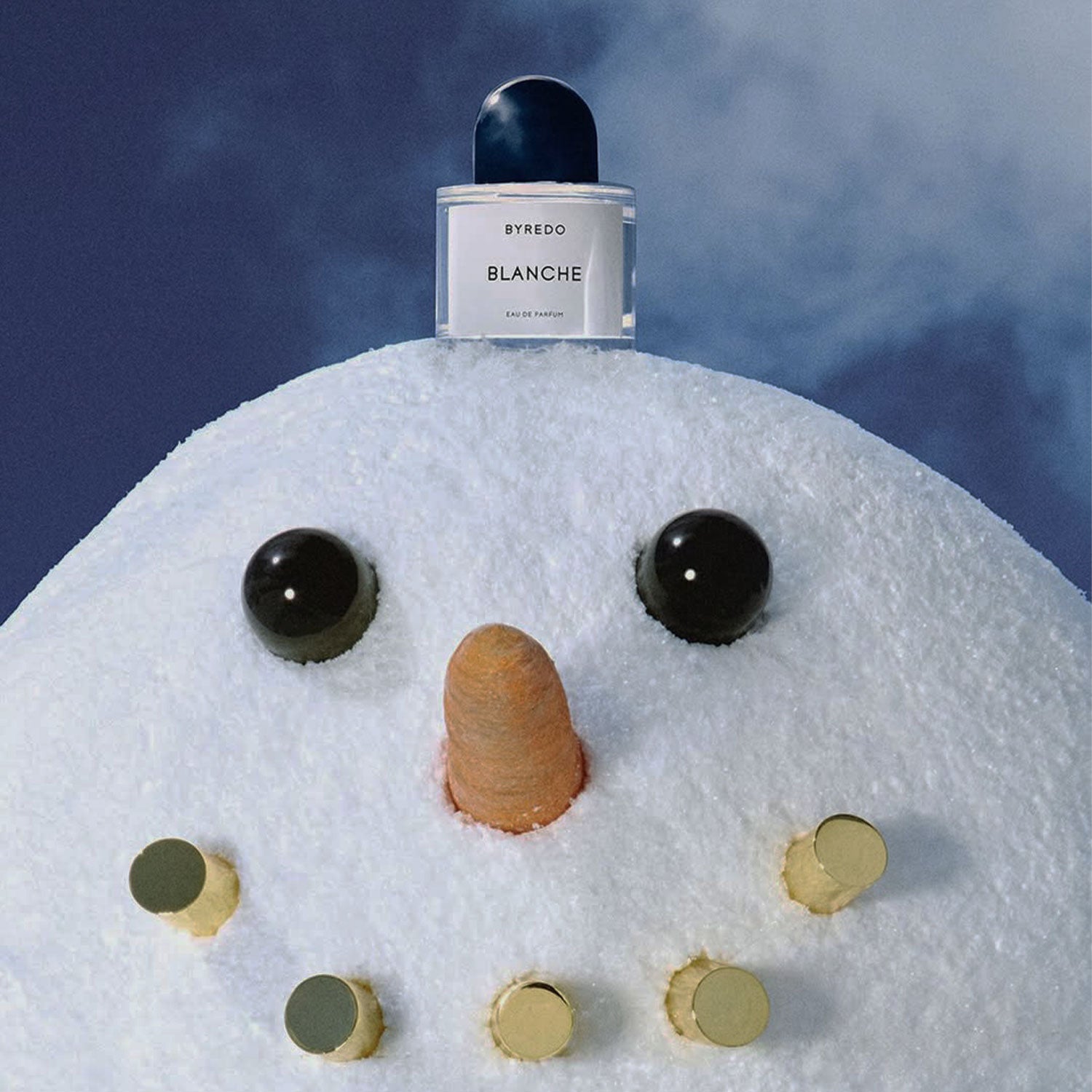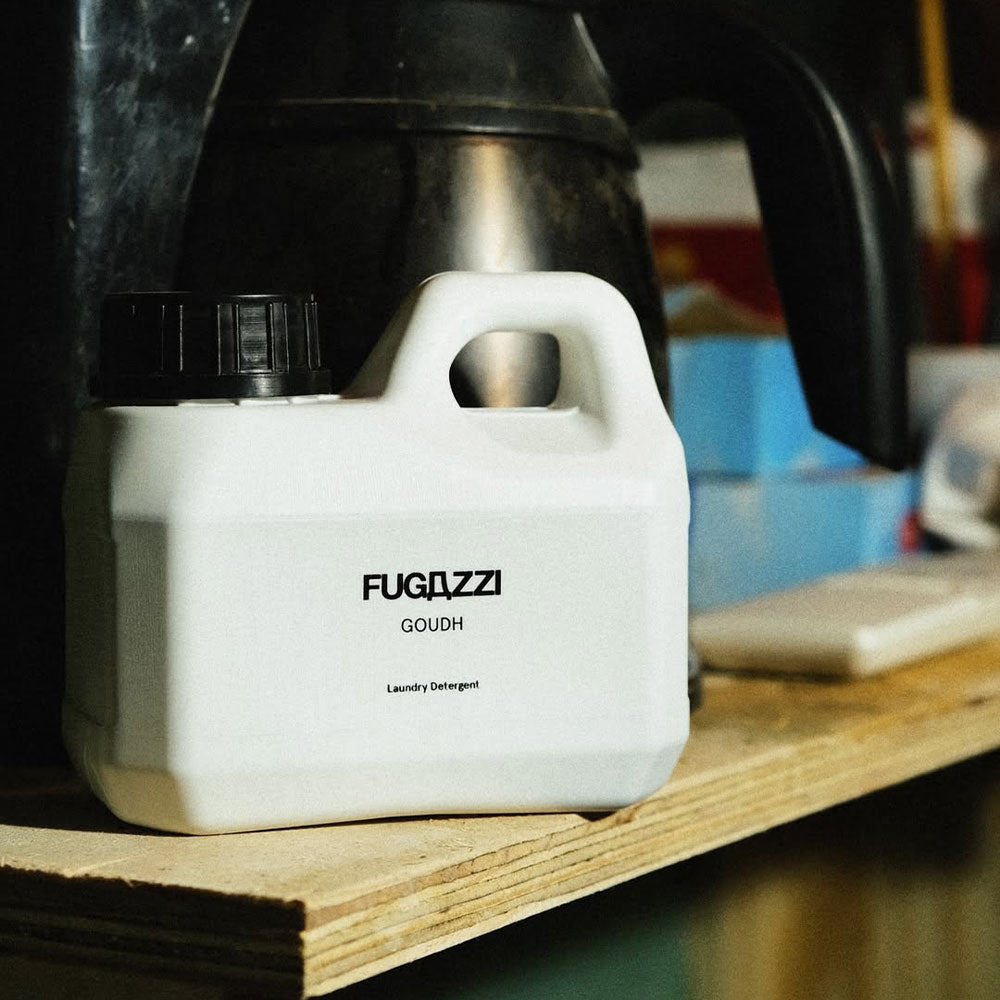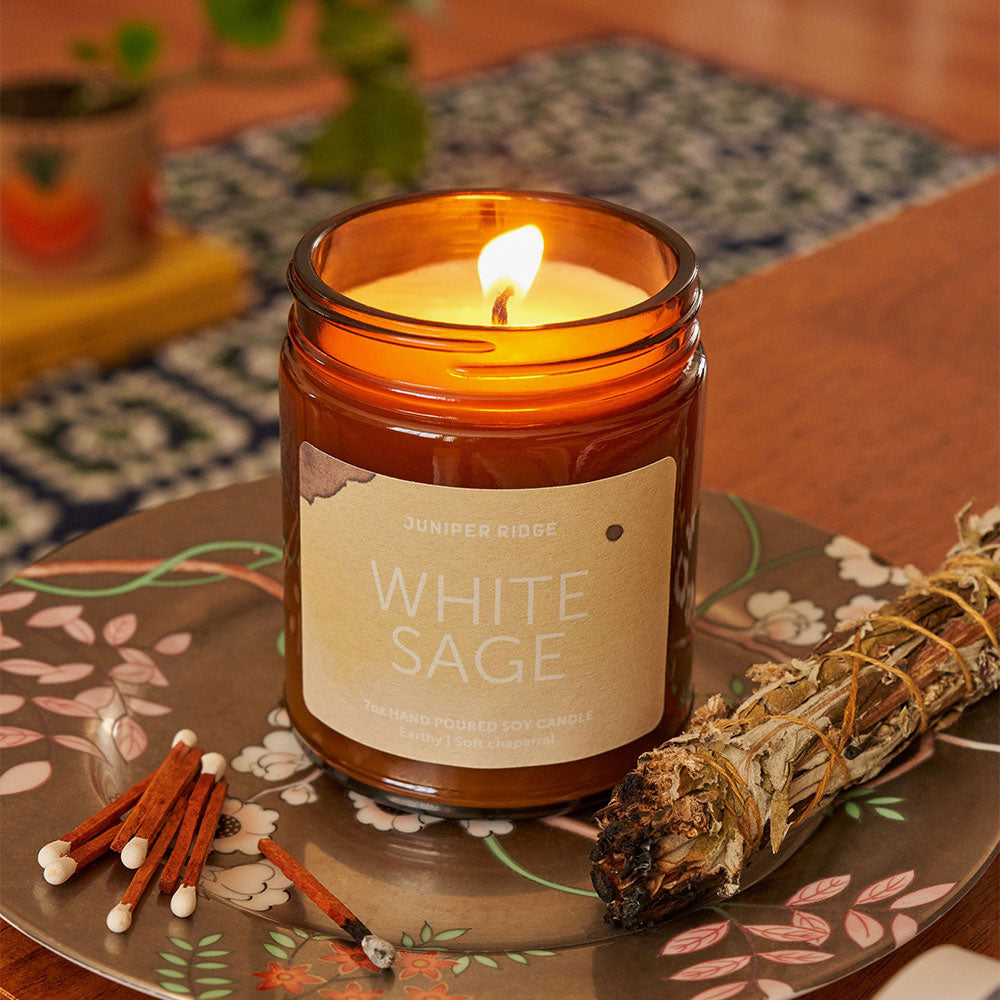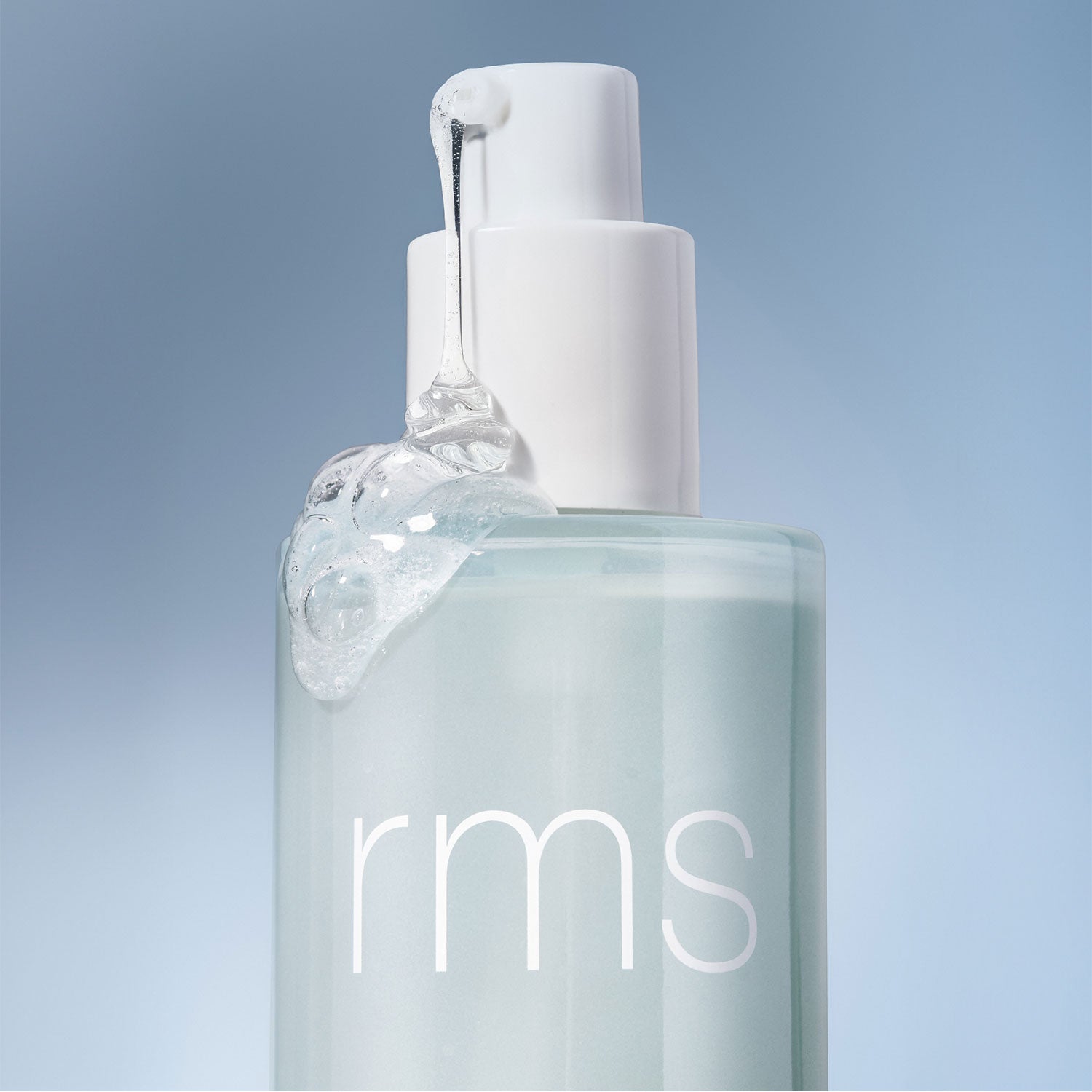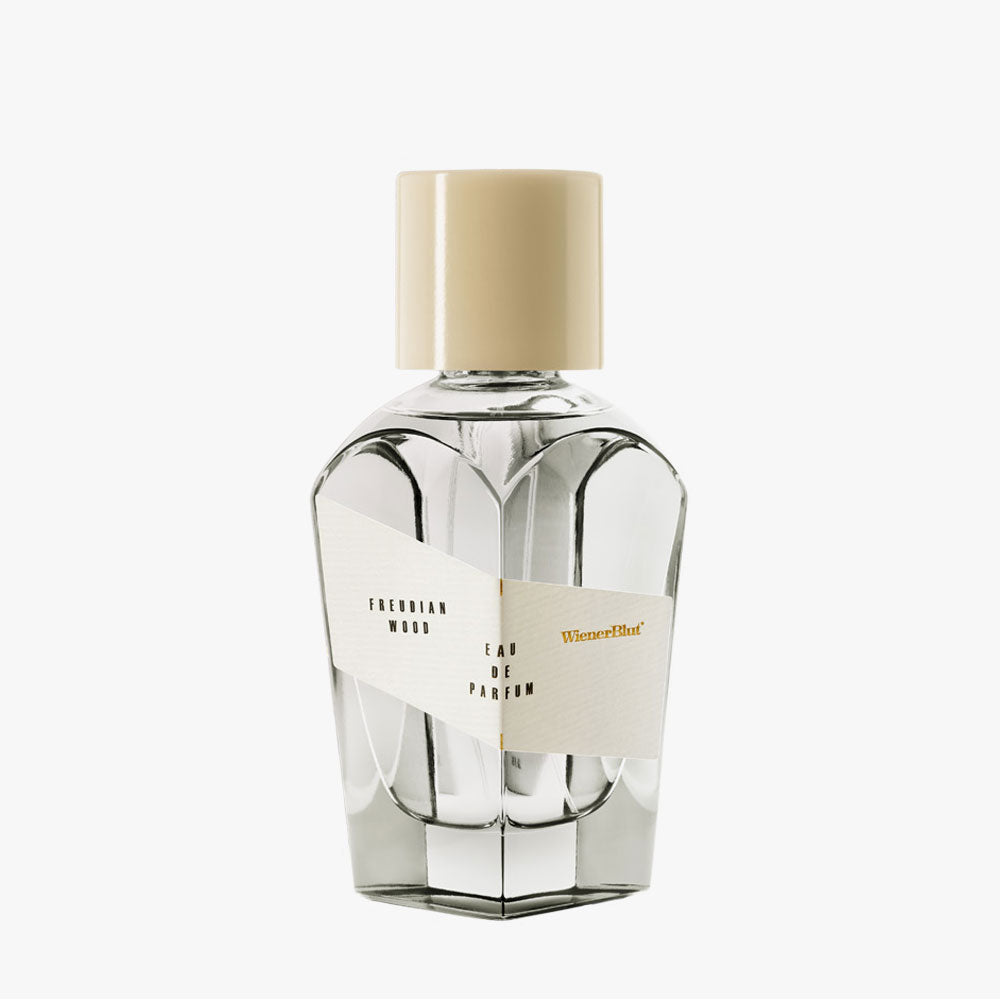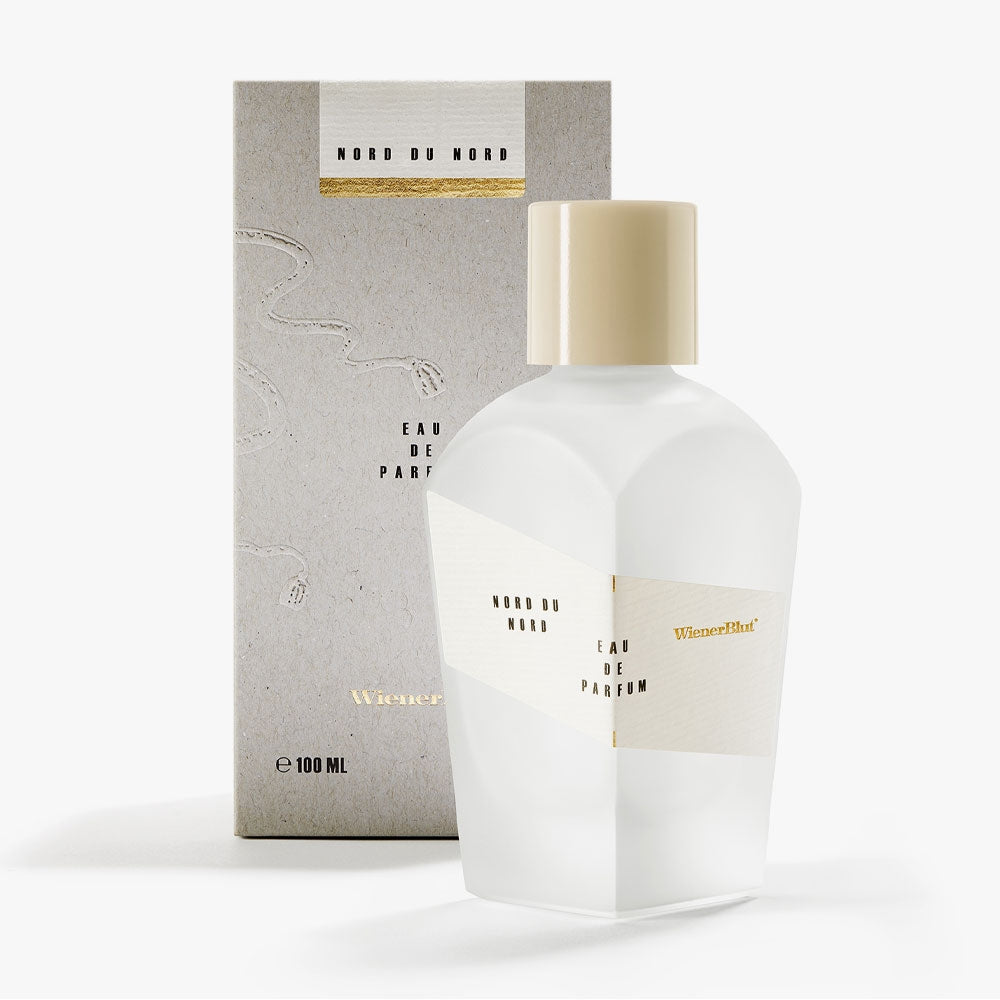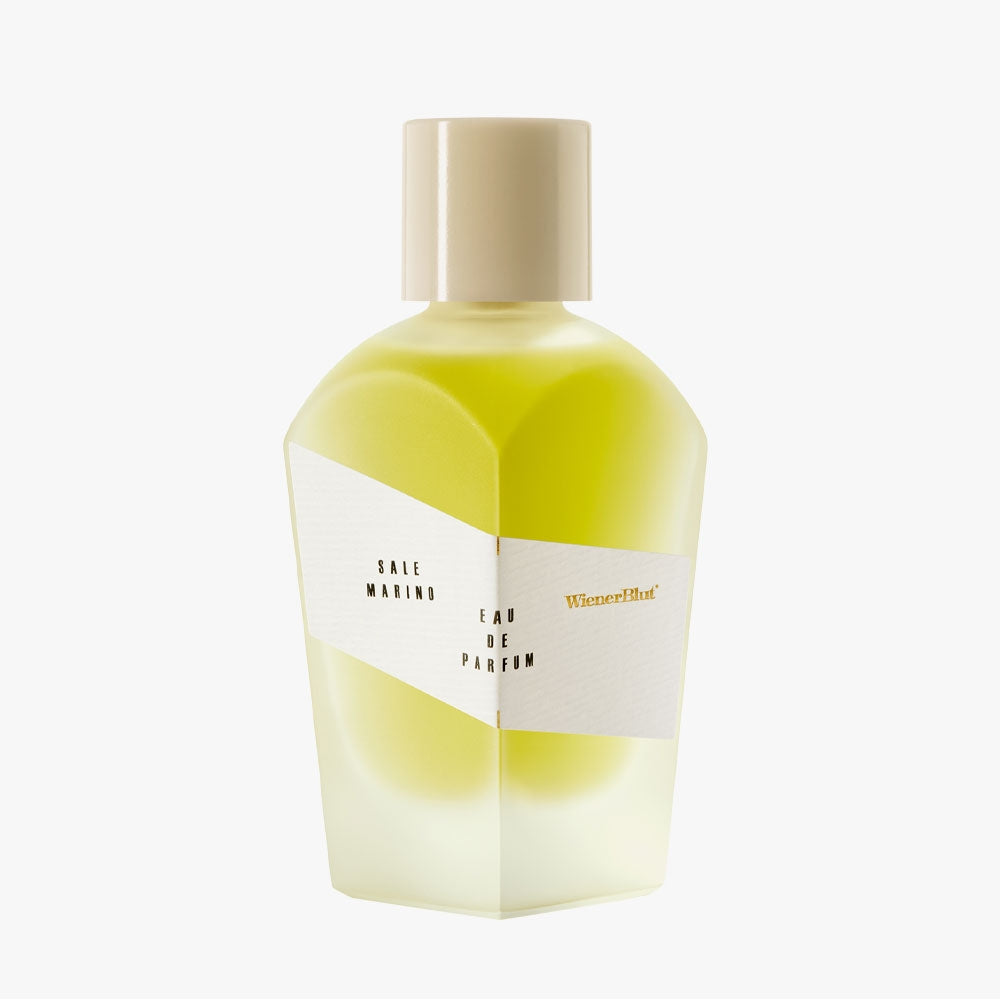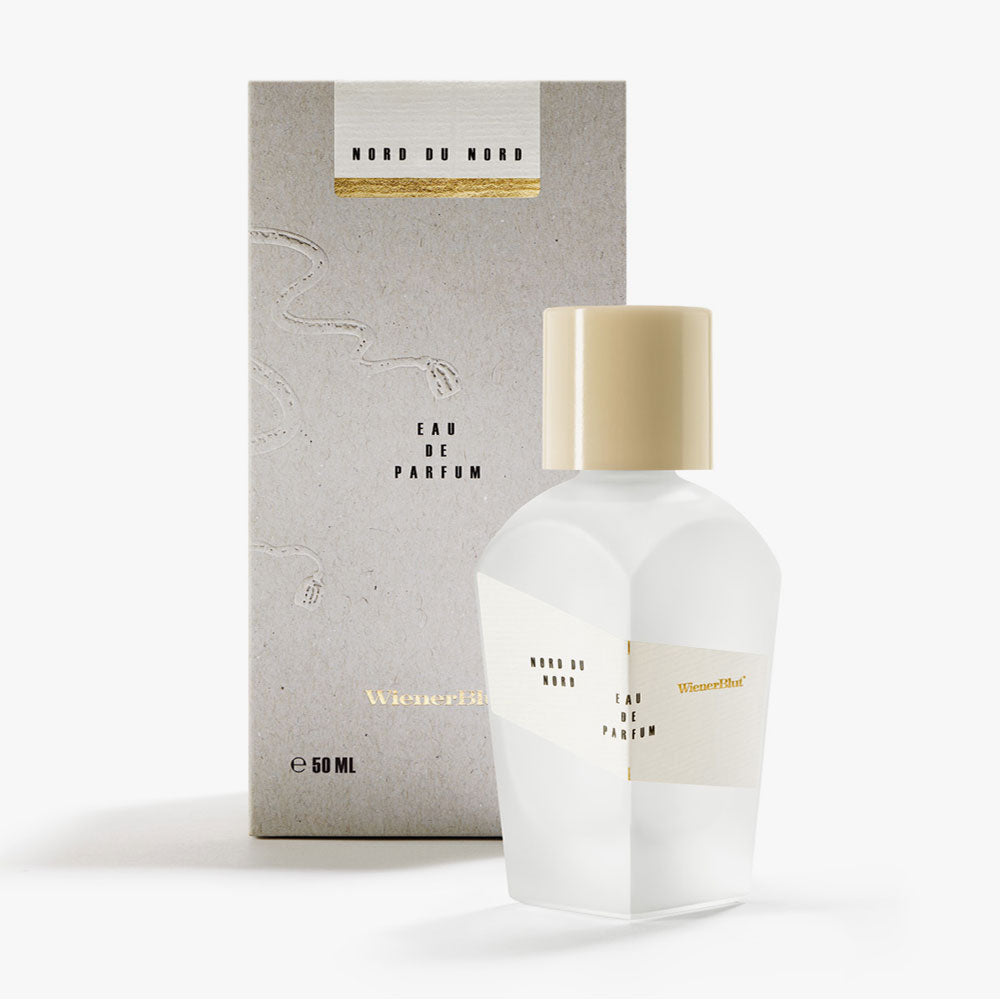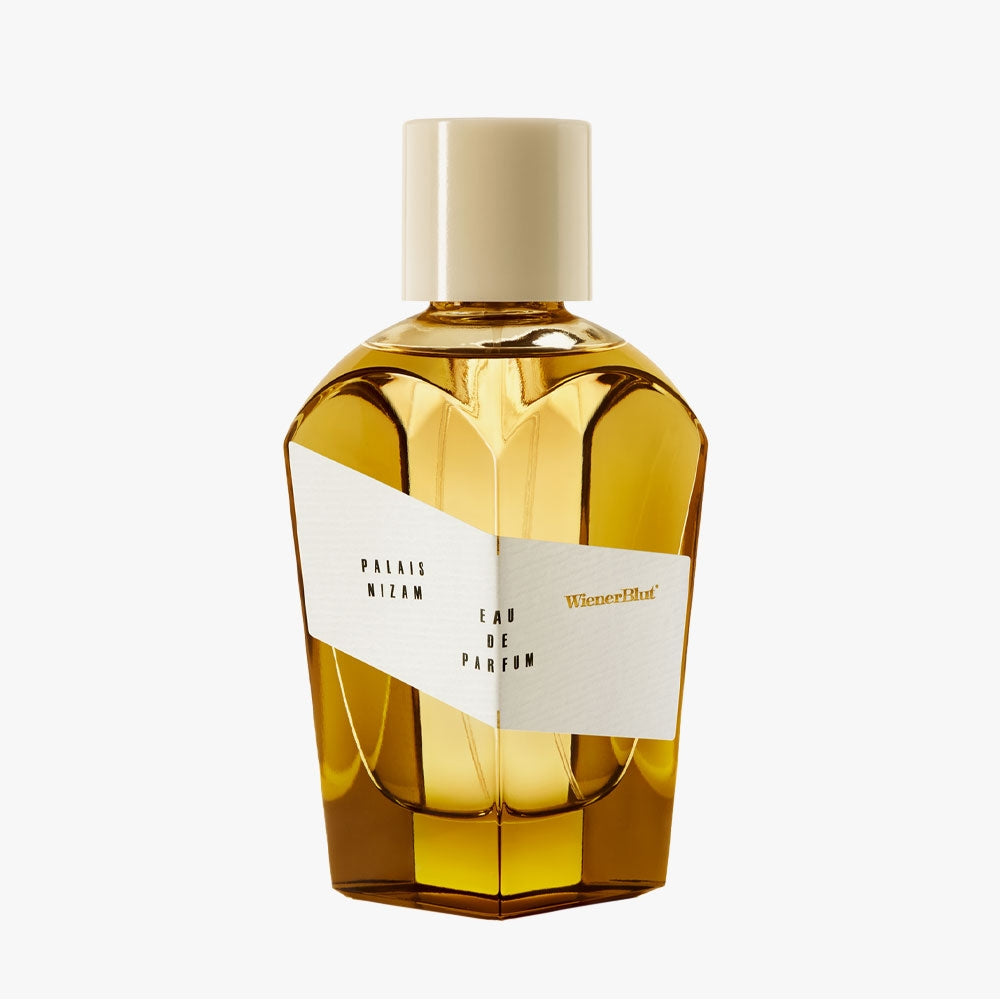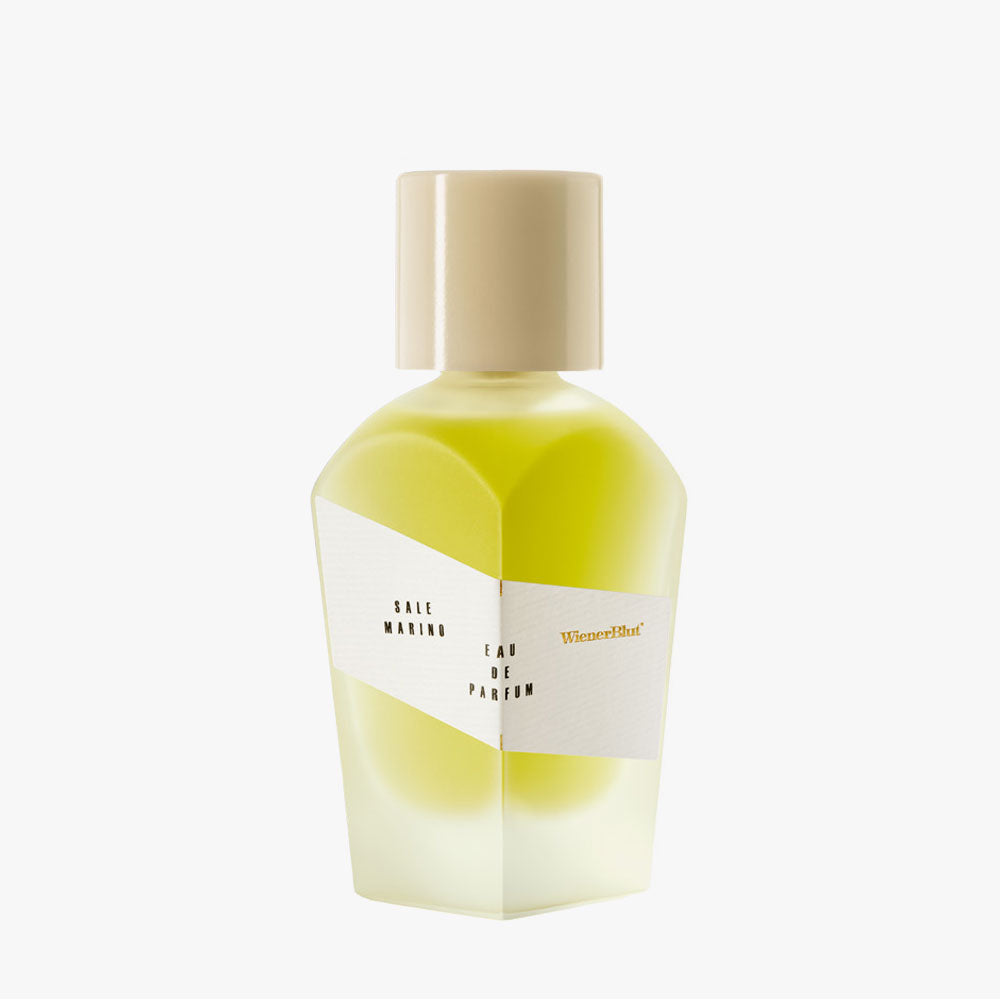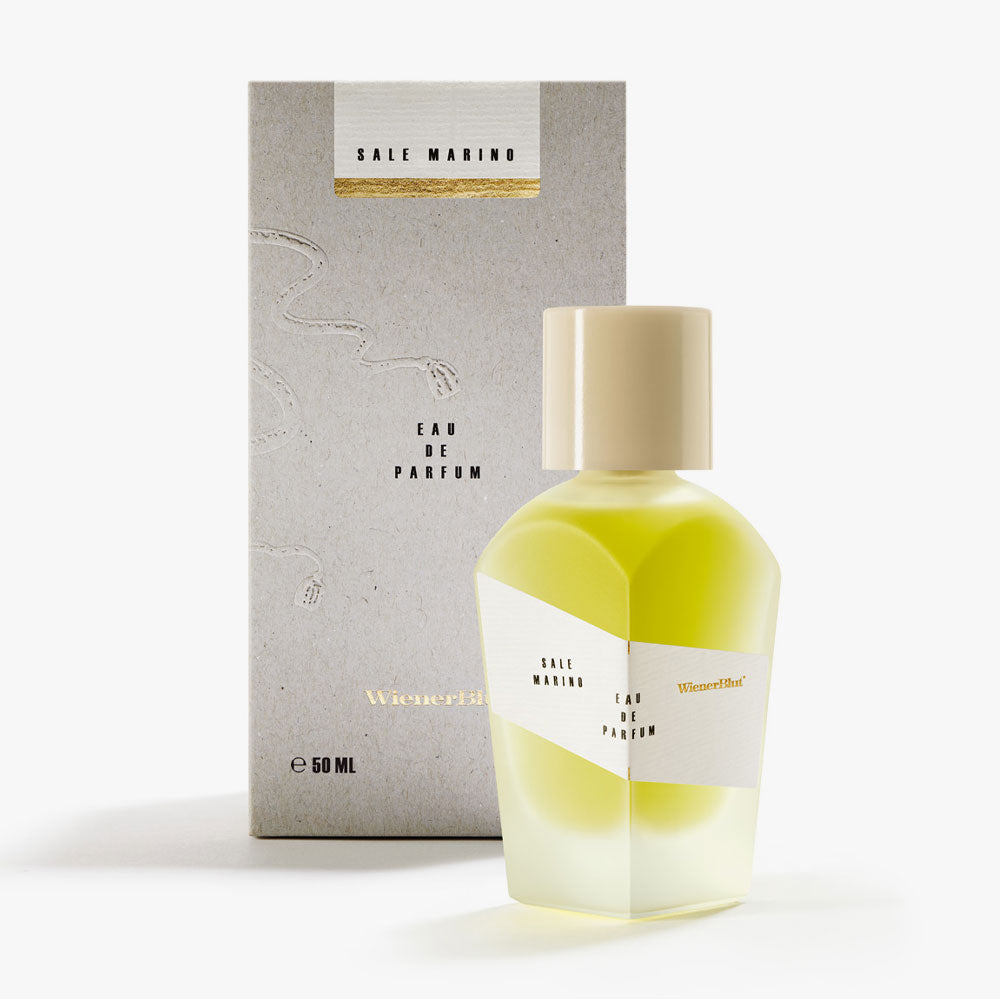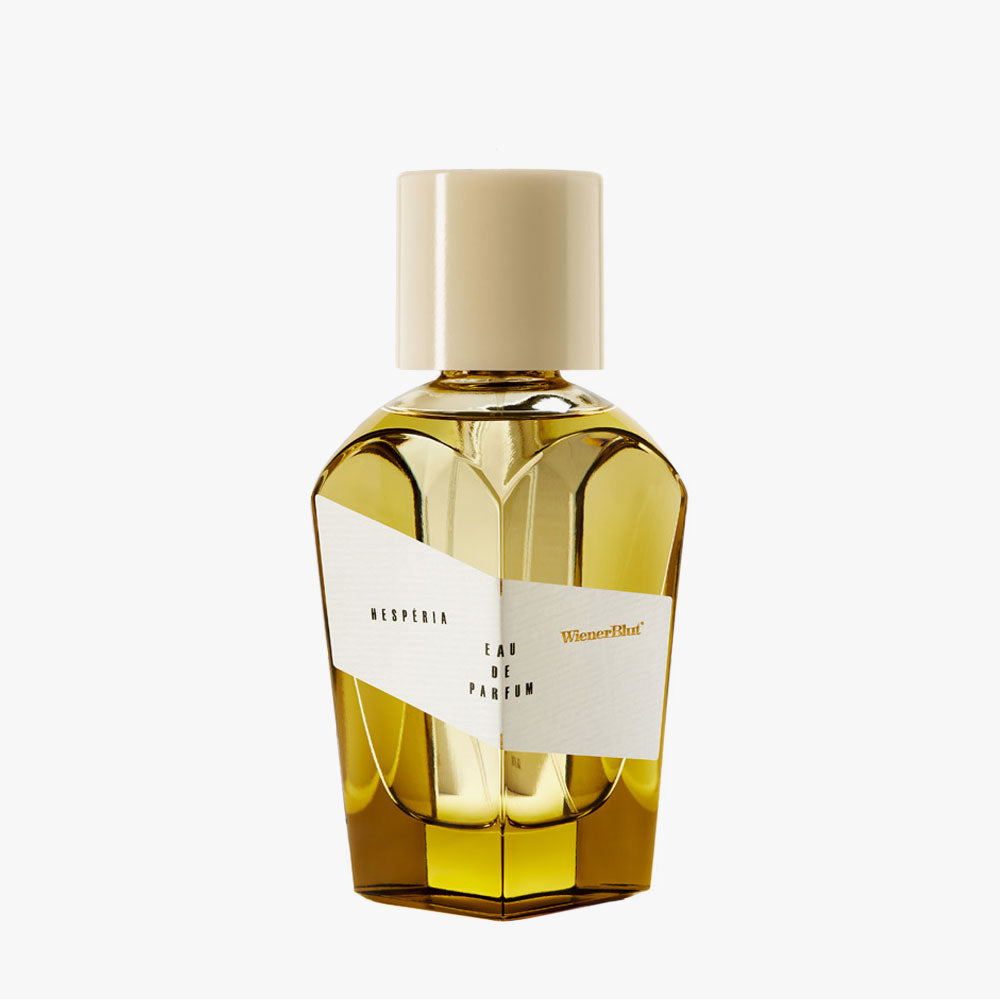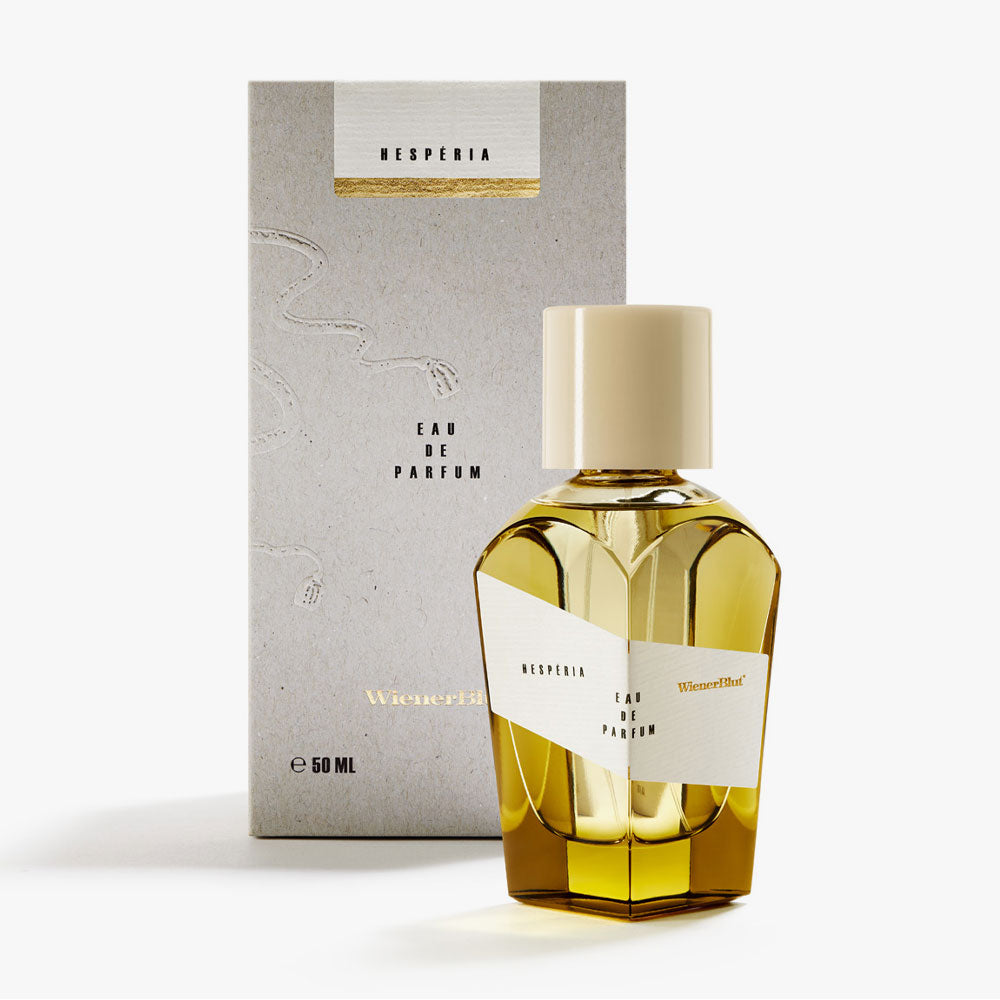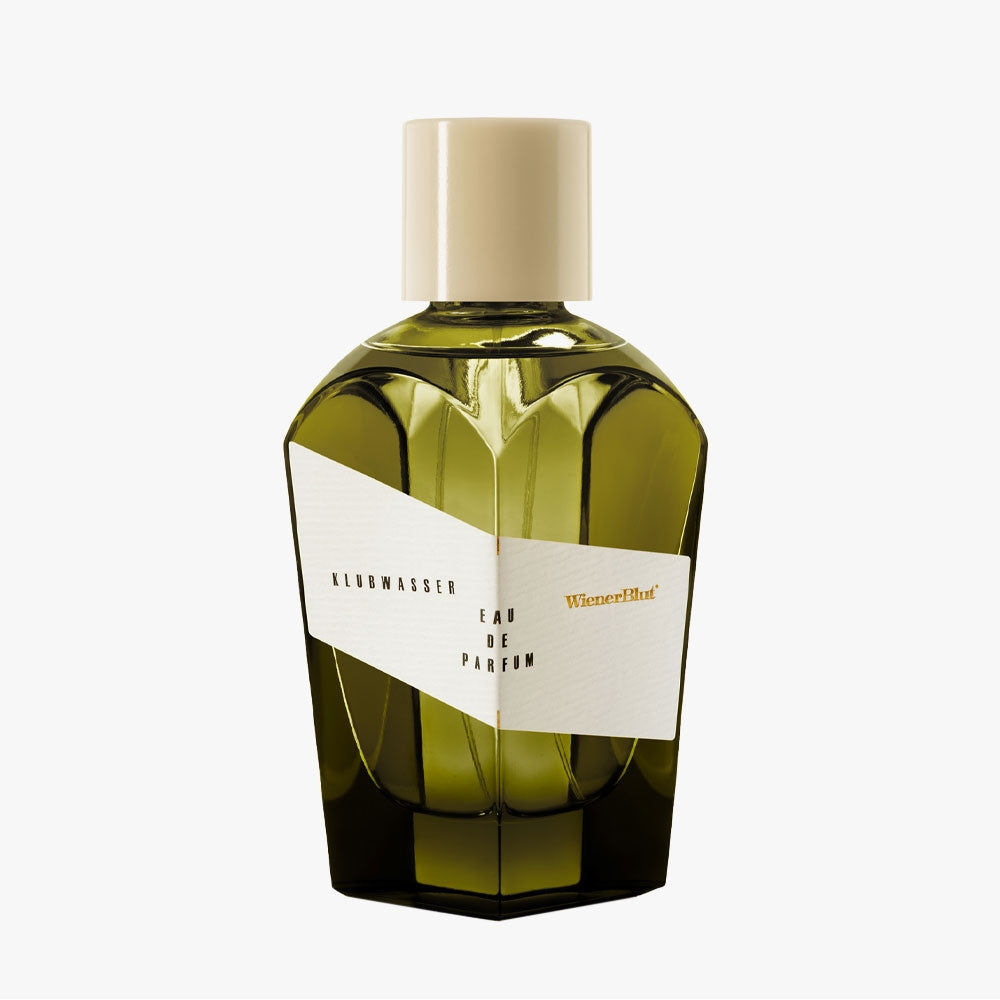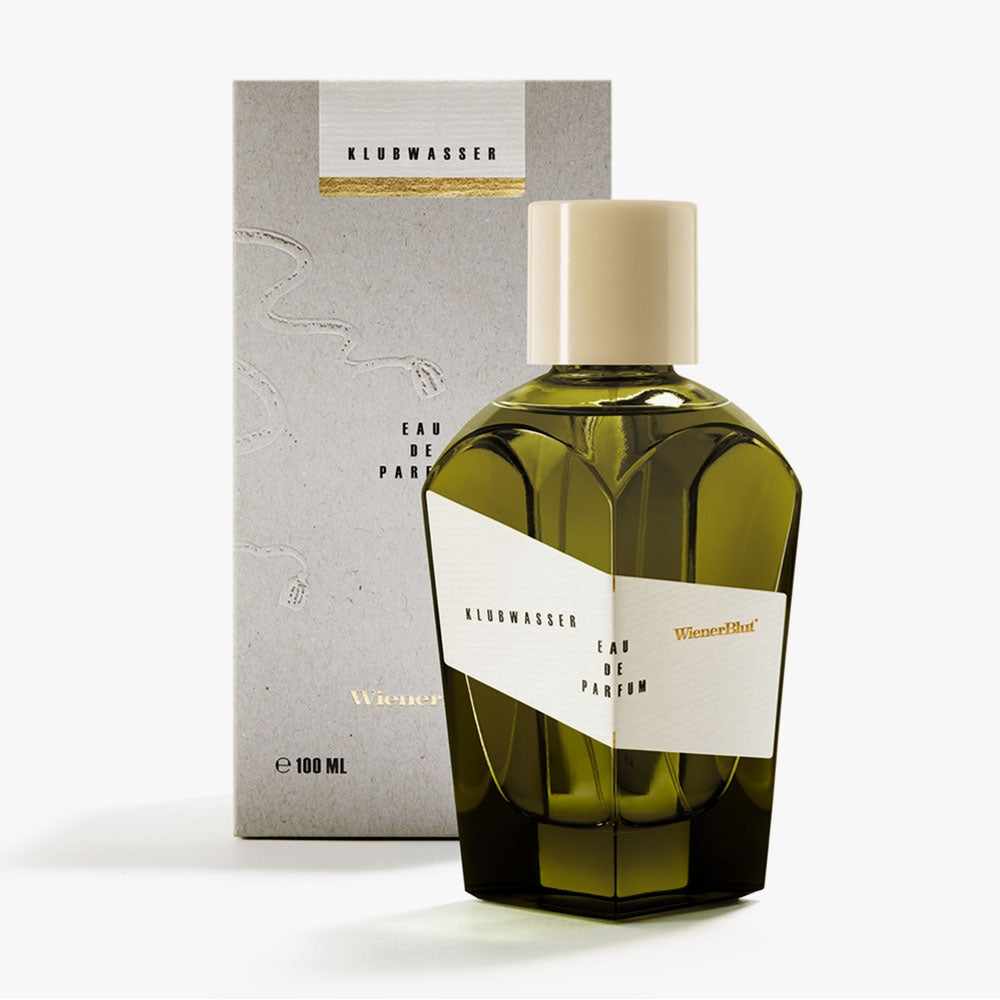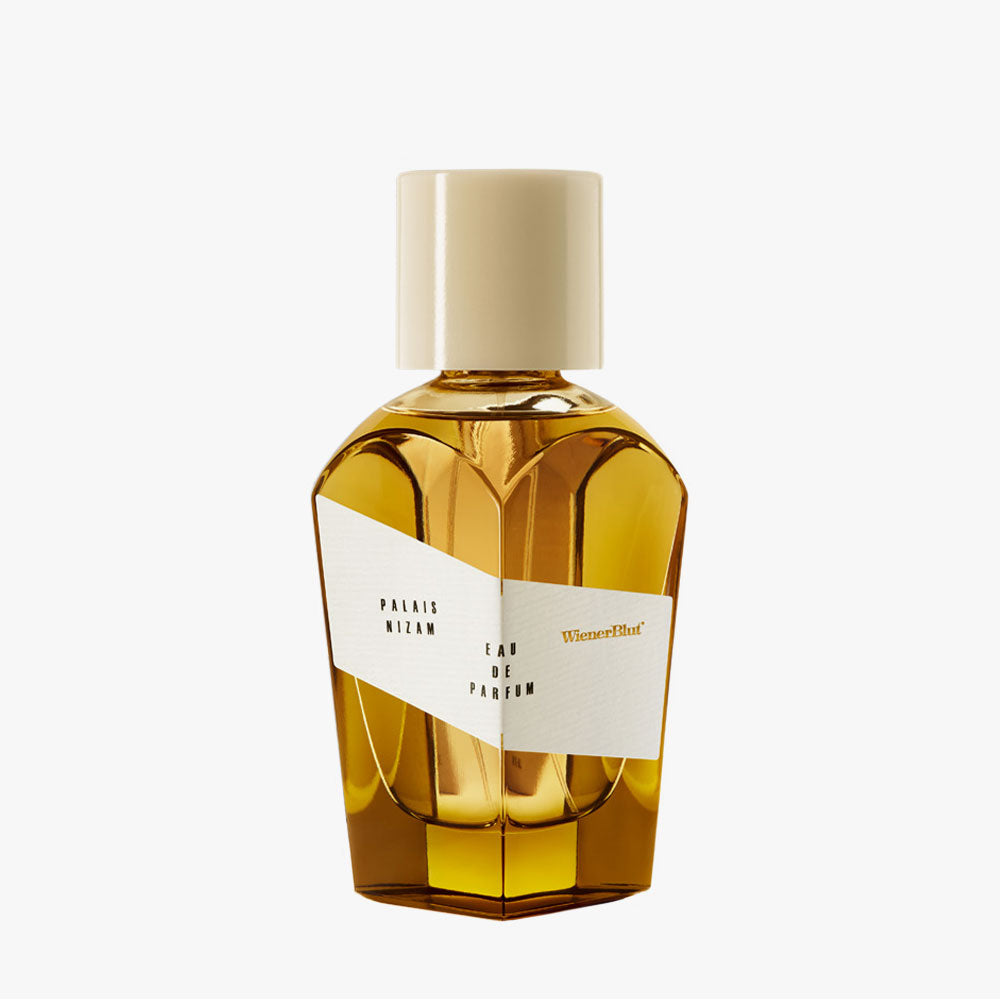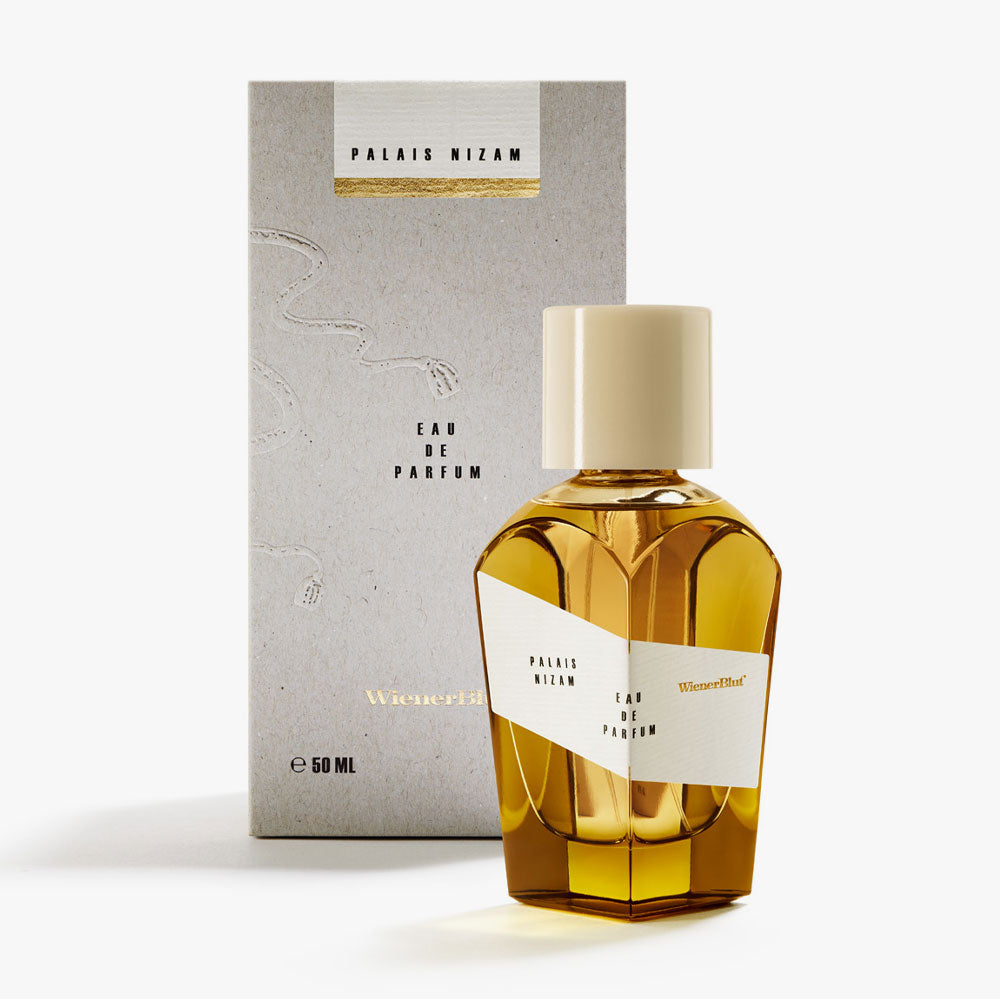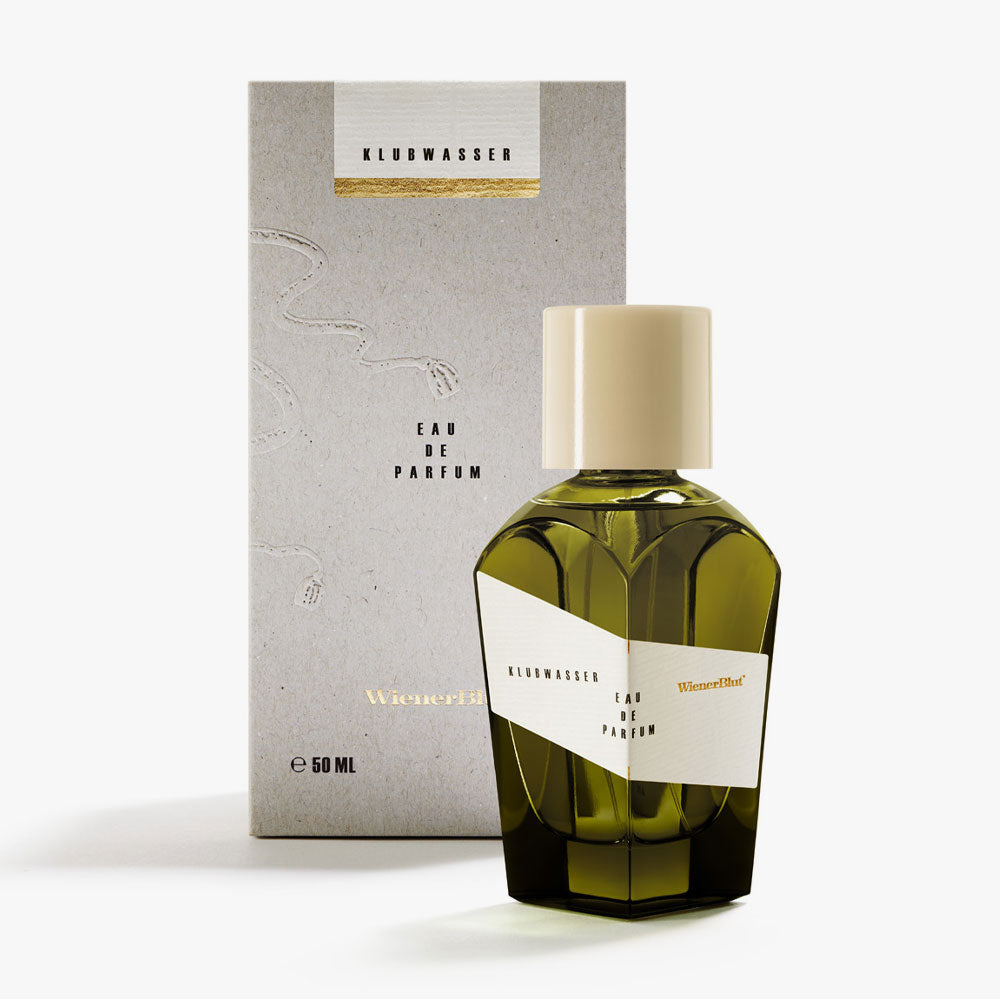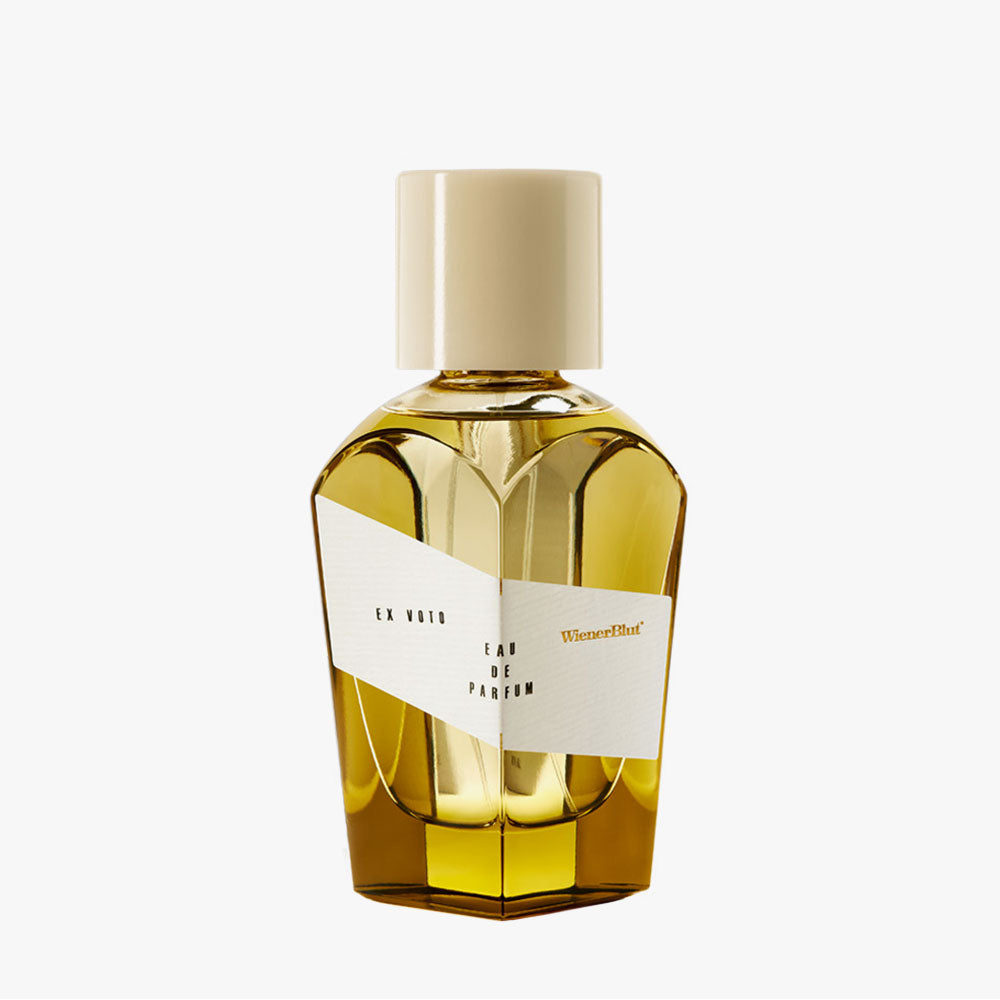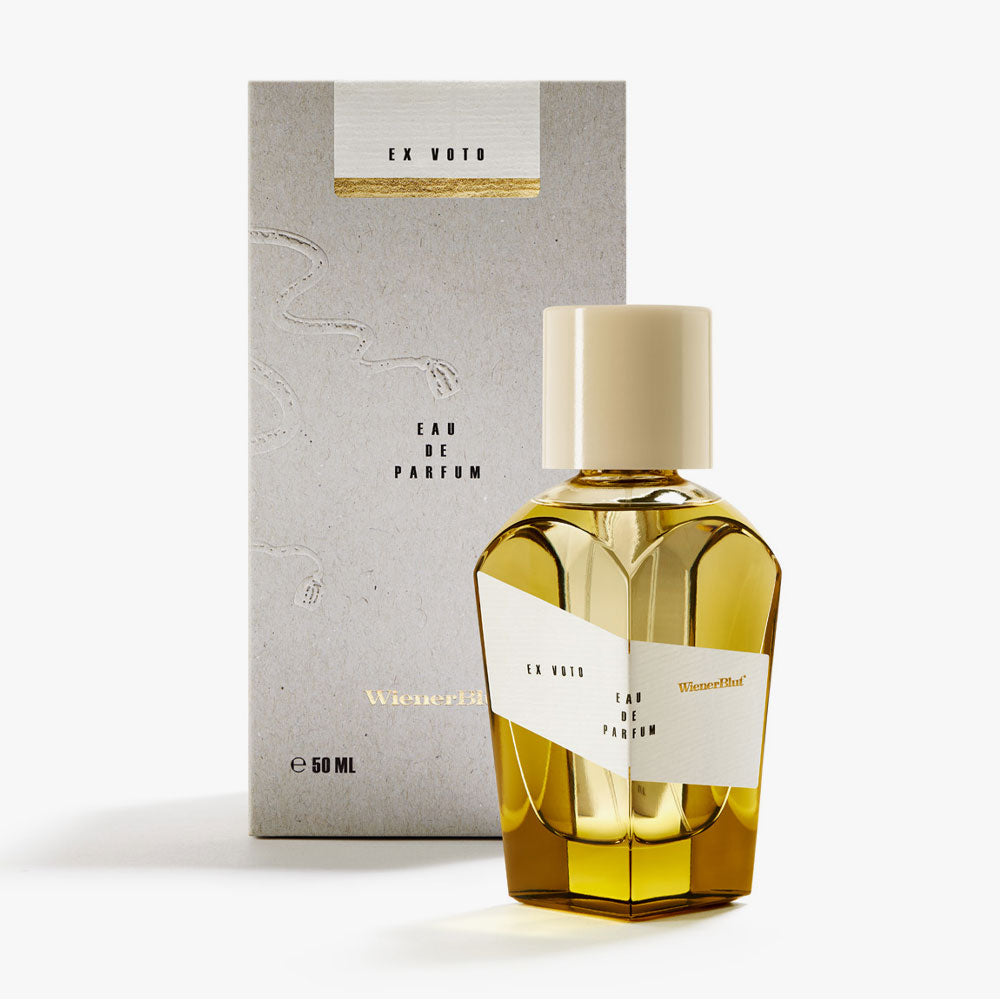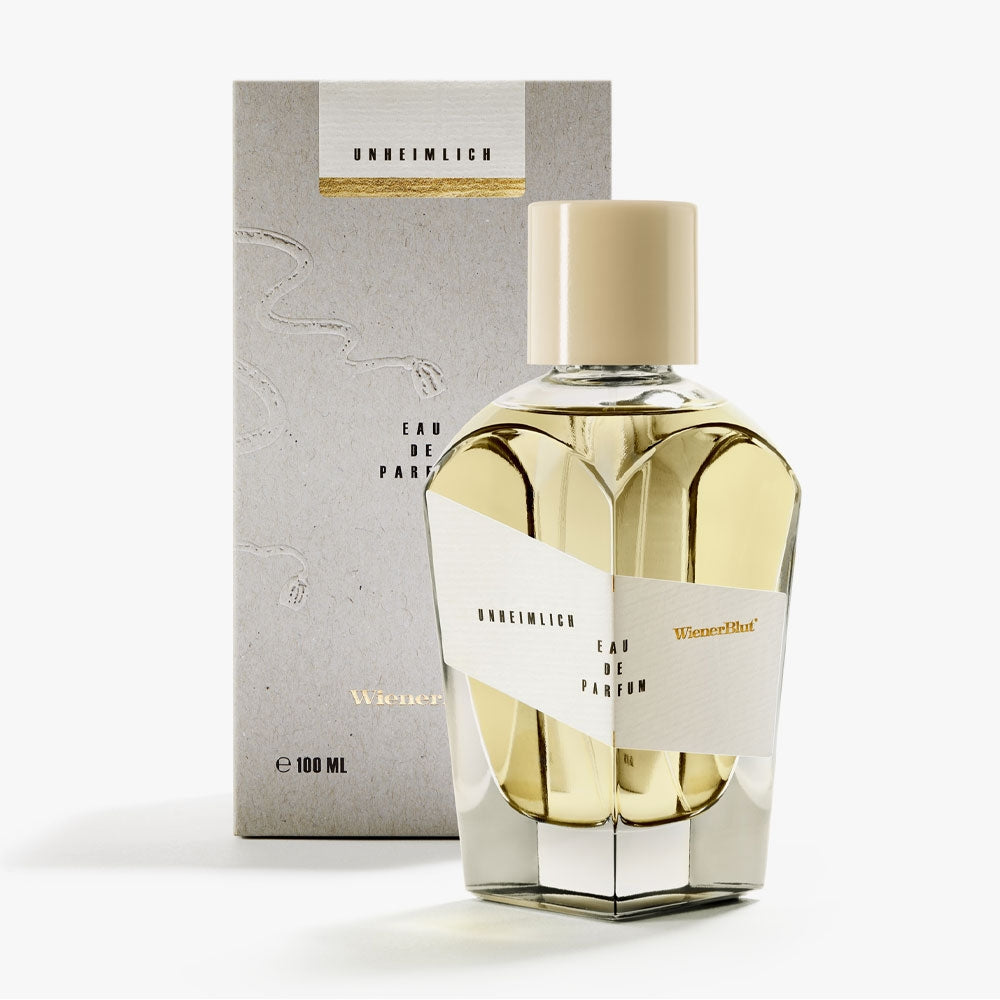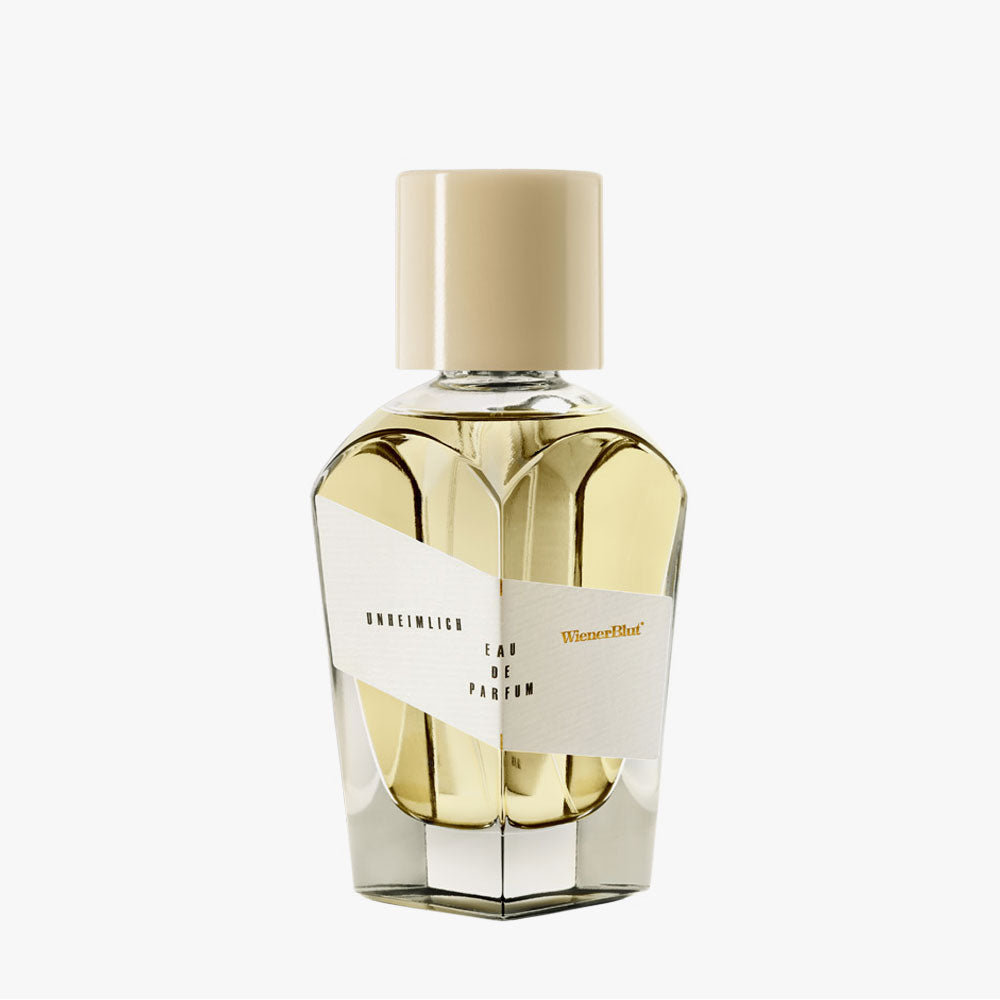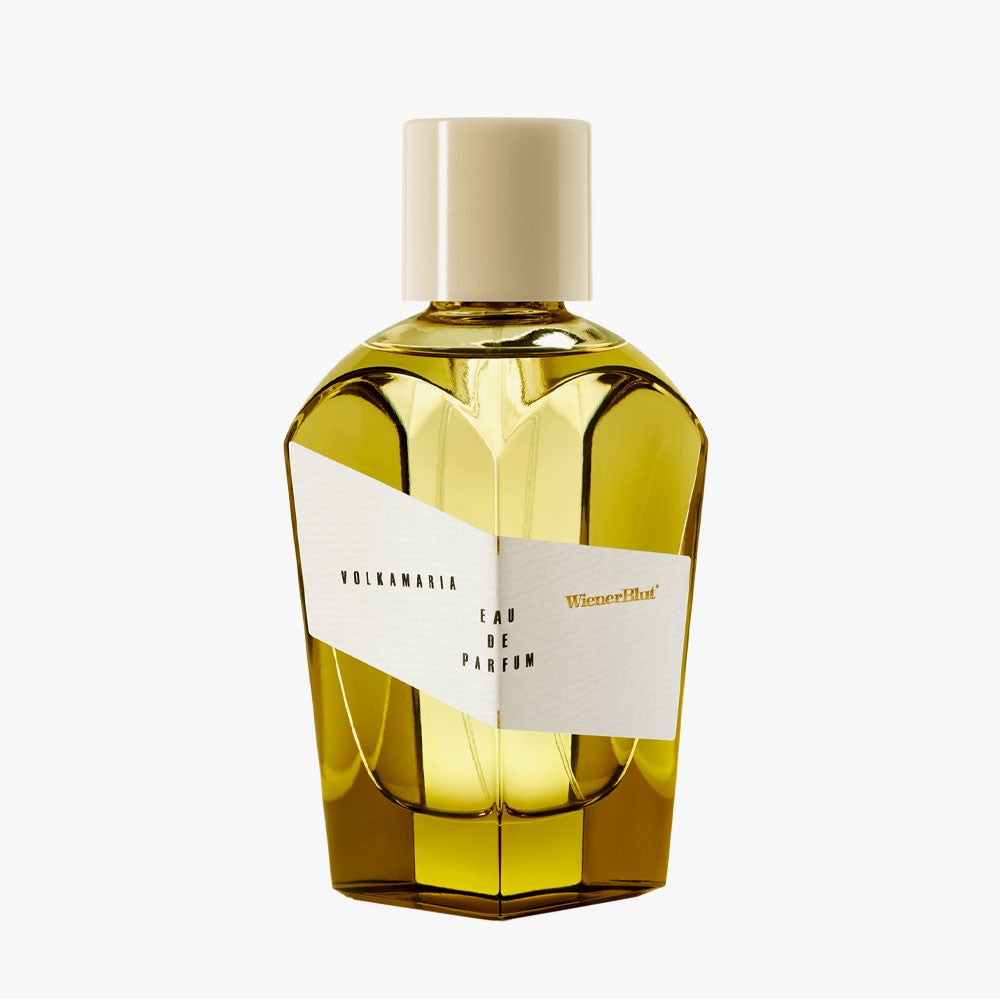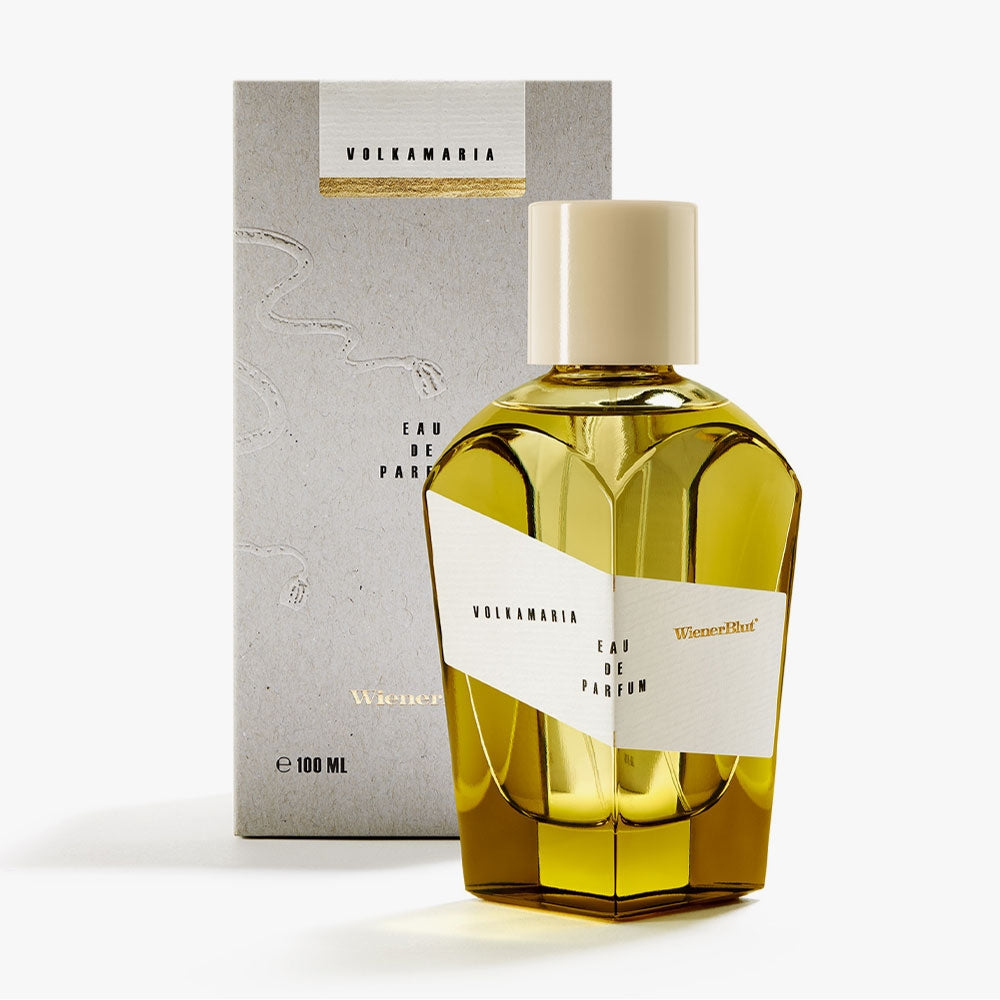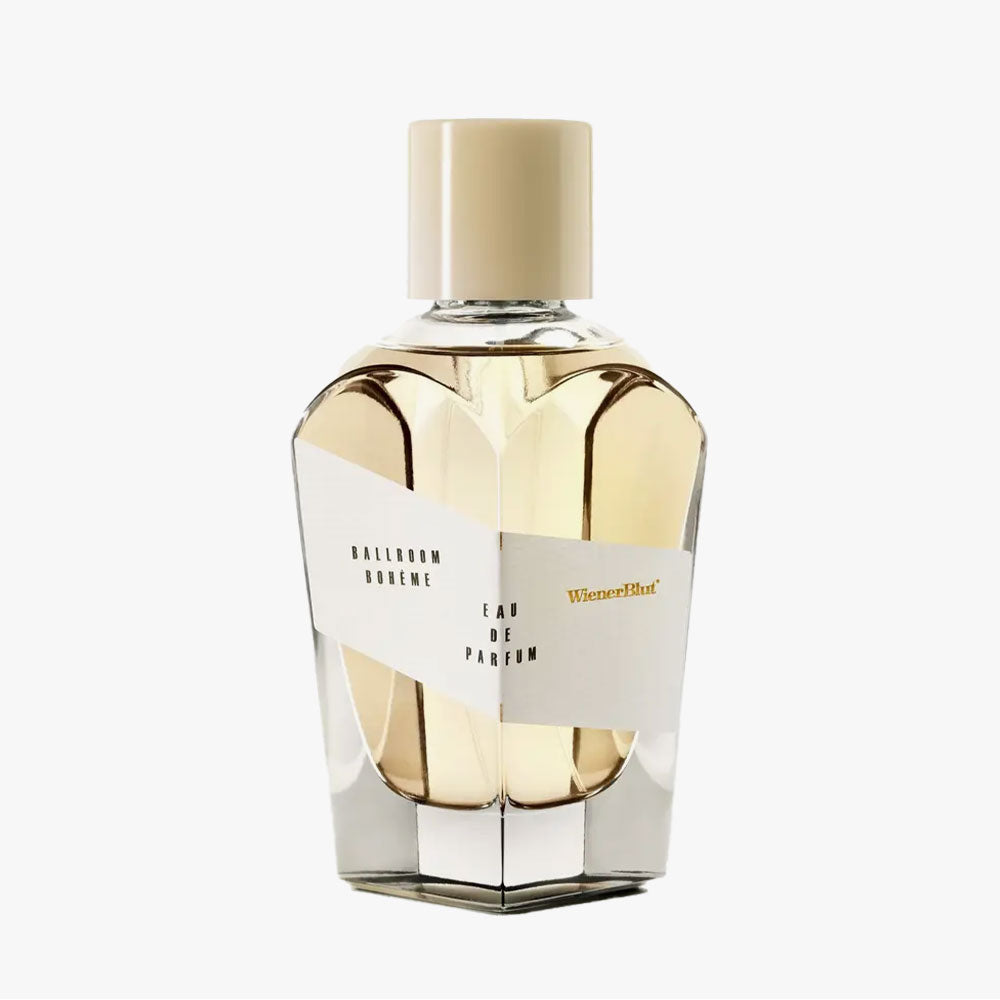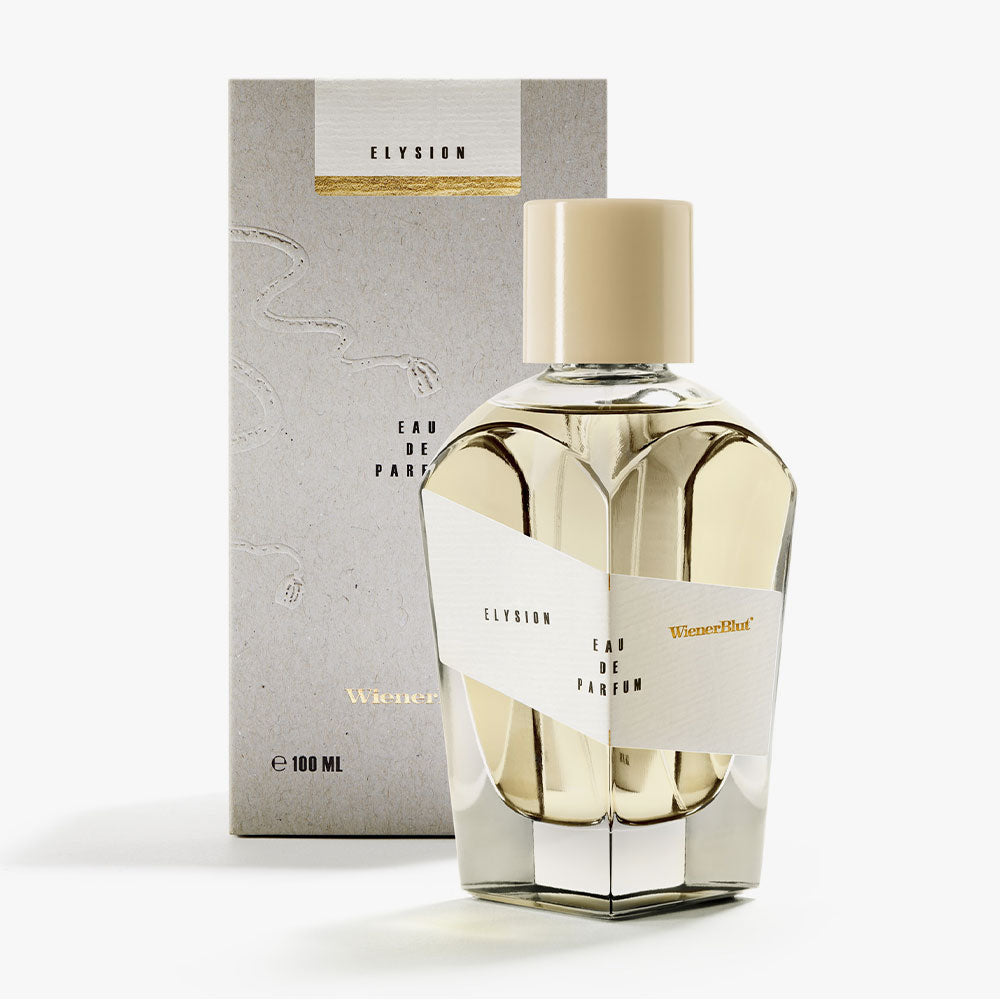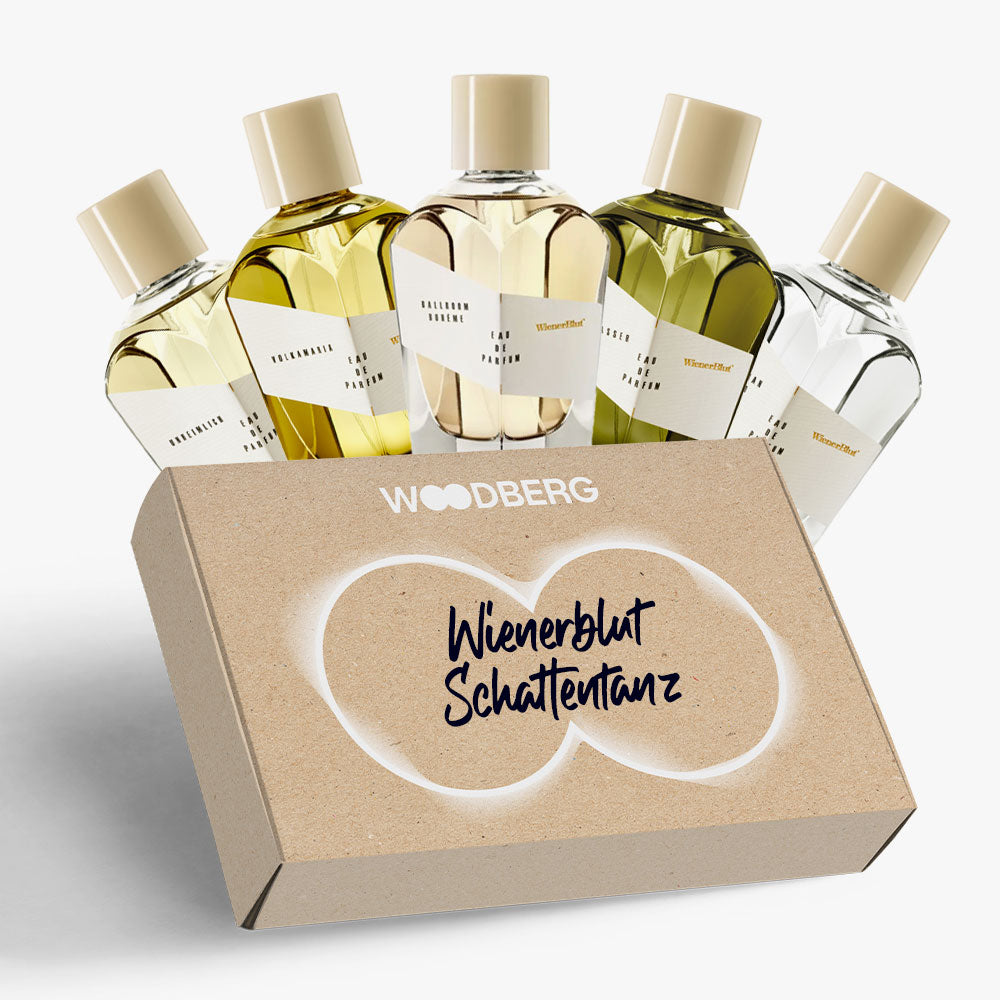Therion – Eau de Parfum – 100ml
Woody · Spicyincl. VAT. Shipping costs will be calculated at checkout
Delivery time 1-3 business days
A dark, spicy warmth reveals the presence of the great monster – Typhon, or Typhoeus, once ruled over the deepest realms of Hades.
This olfactory representation of Gustav Klimt's Beethoven Frieze – a monumental, 34-meter-long painting cycle in honor of Ludwig van Beethoven – tells the story of the central panel of the painting, which depicts the "hostile forces" through Typhon and his daughters. Therion, Greek for "wild beast" or "monster", is a captivating scent that combines a unique blend of notes to create a truly hypnotic experience, as if one were staring at a work by Gustav Klimt. The refreshing and citrusy scent of bergamot immediately draws attention. The addition of bay leaf and black pepper gives the composition a subtle spiciness, while carrot seeds bring earthy notes. As it develops, the delicate scent of blue chamomile and the smoky essence of cade unite to create a harmonious balance. Violet adds a floral note to the fragrance, while sandalwood and amber form a warm and grounding base. Cypriol and musk add depth and complexity to the fragrance, leaving a seductive trail that captivates the senses. Therion is, like Klimt's masterpiece, a work of art in itself. Its intricate blend of notes evokes a sense of mystery and elegance, making it the perfect choice for anyone seeking a fragrance that is both unique and enchanting as well as calming and grounding.
The second page of this story is told through Elysion – a bright, green fragrance, full of pure joy and love.
Details & Ingredients
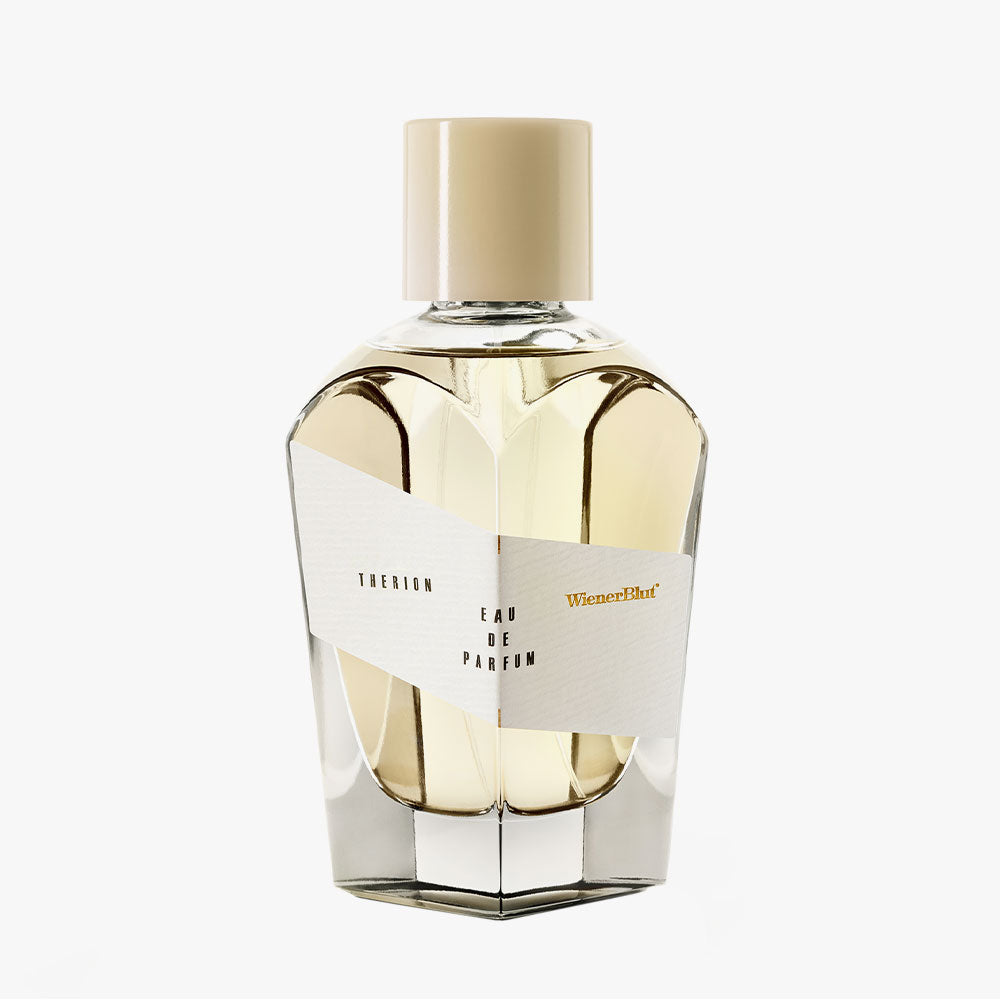
Behind the Fragrance

Wienerblut
More from Wienerblut

